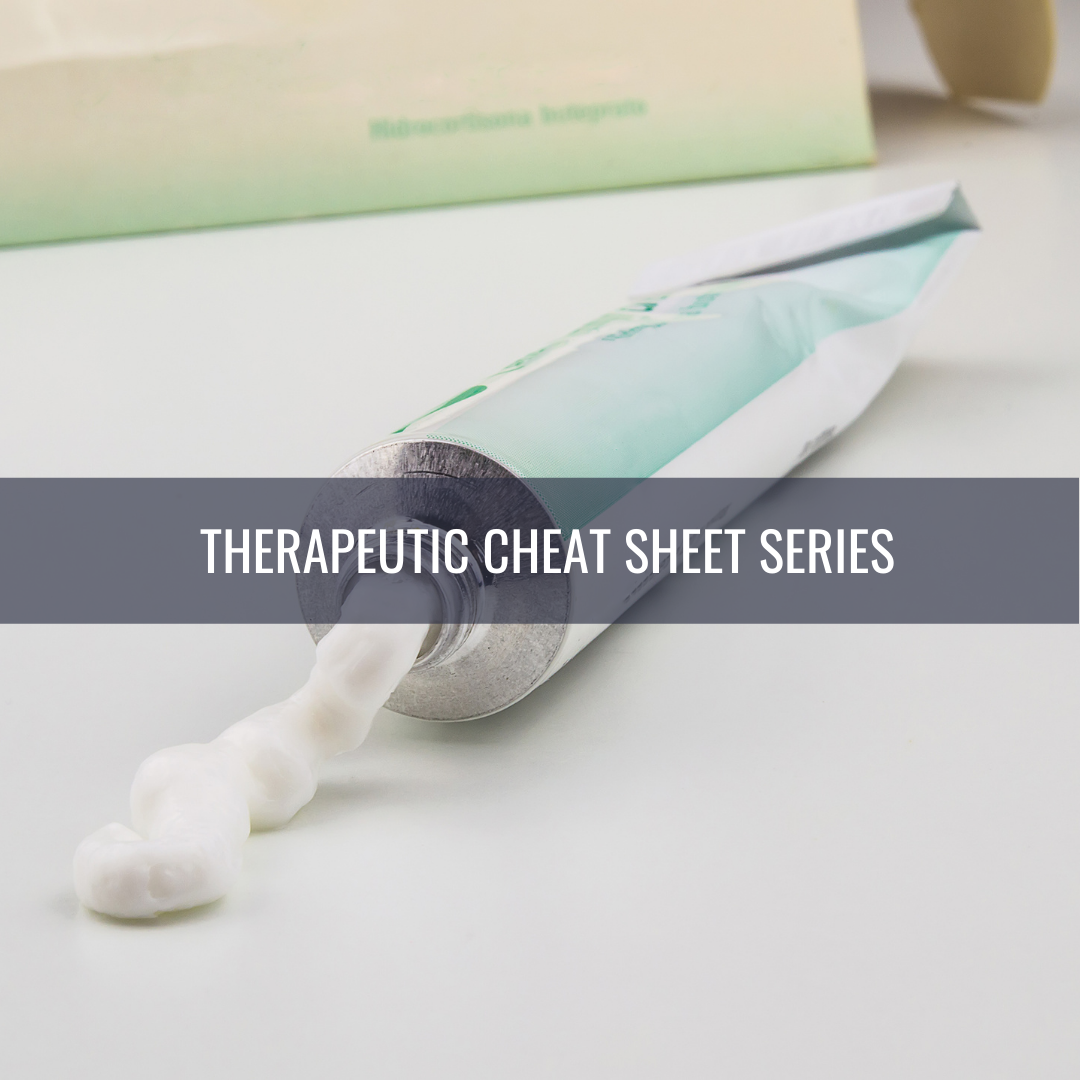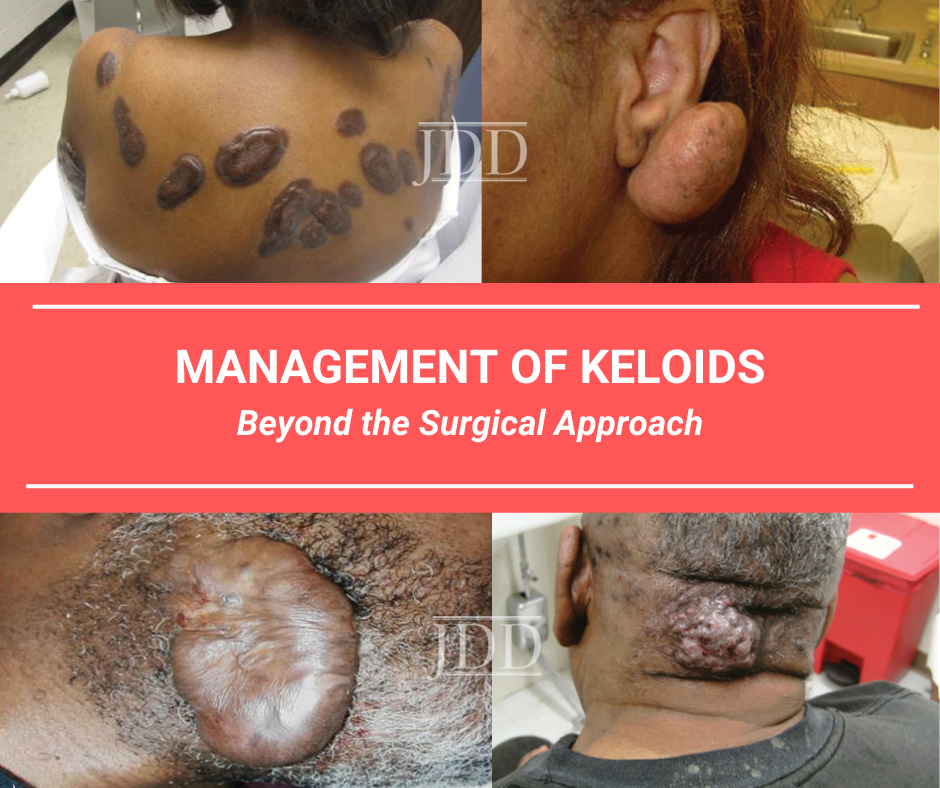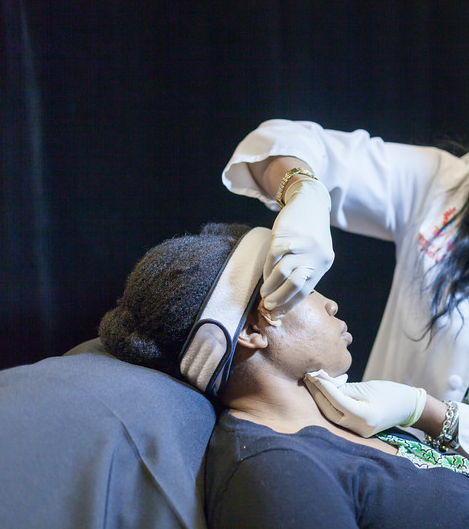5-Fluorouracil Therapeutic Cheat Sheet
 Actinic keratoses represent the most common dermatologic diagnosis in patients older than 45 years old in the United States and account for 5.2 million visits annually.1 Cutaneous field cancerization represents areas with a high burden of both clinical and subclinical actinic damage. Cryotherapy can often be combined with topical chemotherapy for a synergistic approach. We continue our series, The …
Actinic keratoses represent the most common dermatologic diagnosis in patients older than 45 years old in the United States and account for 5.2 million visits annually.1 Cutaneous field cancerization represents areas with a high burden of both clinical and subclinical actinic damage. Cryotherapy can often be combined with topical chemotherapy for a synergistic approach. We continue our series, The …
 Actinic keratoses represent the most common dermatologic diagnosis in patients older than 45 years old in the United States and account for 5.2 million visits annually.1 Cutaneous field cancerization represents areas with a high burden of both clinical and subclinical actinic damage. Cryotherapy can often be combined with topical chemotherapy for a synergistic approach. We continue our series, The …
Actinic keratoses represent the most common dermatologic diagnosis in patients older than 45 years old in the United States and account for 5.2 million visits annually.1 Cutaneous field cancerization represents areas with a high burden of both clinical and subclinical actinic damage. Cryotherapy can often be combined with topical chemotherapy for a synergistic approach. We continue our series, The … 

 The November issue of the Journal of Drugs in Dermatology focuses on the topics of Lasers, Light Sources, and Devices, featuring an outstanding line-up of original articles. Straight from the JDD Editor’s desk, we share this month’s issue highlights
The Guest Editorial by Dr. Macrene Alexiades focuses on the growing body of objective quantifiable data demonstrating time-sensitive improvemen …
The November issue of the Journal of Drugs in Dermatology focuses on the topics of Lasers, Light Sources, and Devices, featuring an outstanding line-up of original articles. Straight from the JDD Editor’s desk, we share this month’s issue highlights
The Guest Editorial by Dr. Macrene Alexiades focuses on the growing body of objective quantifiable data demonstrating time-sensitive improvemen …  In this month’s installment of our Therapeutic Cheat Sheet Series, we will review the topical immunomodulatory agent imiquimod. Originally approved for the treatment of external genital warts, FDA approval has expanded to include use as field therapy for actinic keratoses as well as treatment of superficial basal cell carcinomas. Here’s what you need to know about imiquimod.
[caption id=" …
In this month’s installment of our Therapeutic Cheat Sheet Series, we will review the topical immunomodulatory agent imiquimod. Originally approved for the treatment of external genital warts, FDA approval has expanded to include use as field therapy for actinic keratoses as well as treatment of superficial basal cell carcinomas. Here’s what you need to know about imiquimod.
[caption id=" …  Although this may be a big assumption, I would venture to guess that training in the management of keloids has, for many residents, consisted primarily of topical and intralesional therapies—namely steroids and silicone. While steroids and silicone may be a fantastic name for a reality television show about the exciting lives of female bodybuilders, in real life it can be a pretty unimaginative …
Although this may be a big assumption, I would venture to guess that training in the management of keloids has, for many residents, consisted primarily of topical and intralesional therapies—namely steroids and silicone. While steroids and silicone may be a fantastic name for a reality television show about the exciting lives of female bodybuilders, in real life it can be a pretty unimaginative …  In Part II of our primer, we’ll focus on technique and aftercare. In case you missed it, view Part I of the series where we covered the basics of chemical peels.
Anesthesia
Choice of anesthetic will likely depend on the depth of the peel and patient preference. Superficial peels will likely cause only minor burning and stinging and usually require no anesthetic. Topical anesthetics can …
In Part II of our primer, we’ll focus on technique and aftercare. In case you missed it, view Part I of the series where we covered the basics of chemical peels.
Anesthesia
Choice of anesthetic will likely depend on the depth of the peel and patient preference. Superficial peels will likely cause only minor burning and stinging and usually require no anesthetic. Topical anesthetics can …